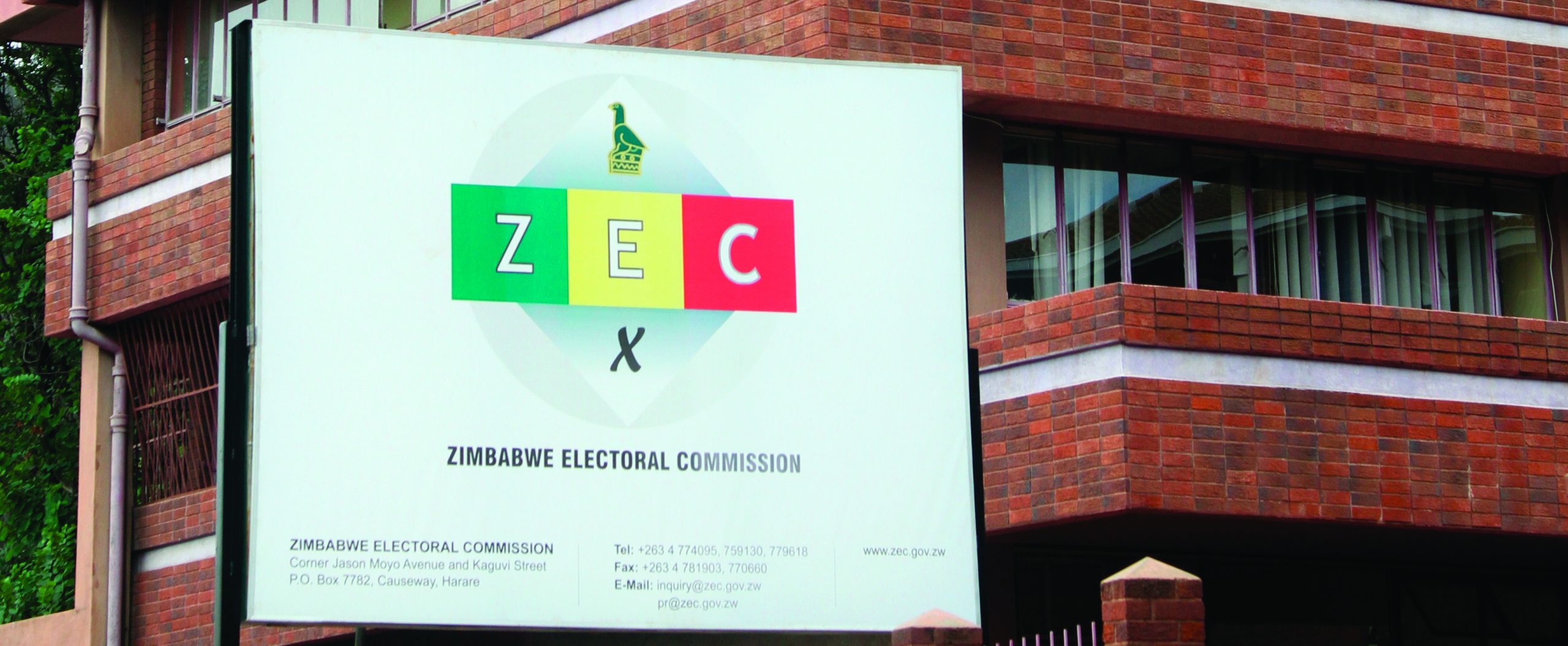
The benchmark of international bond markets, the US 10 Year, has had its steepest correction in history, with yields up almost 1,3% (bond yields move inversely to prices) to almost 3%.
These are all astonishing moves and have made 2022 one of the toughest years for investors since the financial crisis. But one comparative backwater of international finance has remained blissfully calm and unaware, until now: South Africa.
Until mid-April, South African market commentators were spending their time trying to work out why domestic markets had been so comparatively unaffected. The JSE Top 40 index was flat, buoyed by commodity producers and resilient financials. The rand had been atypically resilient, trading below R14.50 to the greenback. And South African government bonds were almost unchanged from levels at the beginning of the year, with the 10-year comfortably under 10%.
In the past two weeks, all this has unravelled. As ever with markets, irrationality can persist for a period of time but the reckonings, when they inevitably come, are always more violent than one could have imagined.
The key protagonist of these fluctuations of South African capital markets is the Federal Reserve in Washington, DC. Although a number of domestic factors have been cited for this recent tectonic shift, and indeed recent occurrences such as the disastrous flooding in KwaZulu-Natal and Eskom load-shedding have acted as catalysts, these domestic factors have only served as a final excuse for investors to sell and markets to rerate to more realistic levels.
Like a distant underwater earthquake, the ensuing tsunami is only hitting South Africa now. There is no need to make it any more complicated than it needs to be. Markets have had a bad few weeks, months, year — because the Fed is becoming increasingly hawkish on inflation.
This Volckerian double punch — simultaneously aggressively hiking rates and selling bonds on its balance sheet — is having a lethal effect on almost all asset classes, from bonds to equities to property.
The Fed is deflating asset prices by sucking vast quantities of liquidity out of markets while, at the same time, aggressively pulling up the economy’s handbrake.
- Chamisa under fire over US$120K donation
- Mavhunga puts DeMbare into Chibuku quarterfinals
- Pension funds bet on Cabora Bassa oilfields
- Councils defy govt fire tender directive
Keep Reading
The market is now pricing in a Fed that cares little for the screams of anguish coming from Wall Street. In contrast to the classic “Greenspan Put”, which referred to then Fed governor Alan Greenspan cutting rates and giving a fillip to asset prices whenever things wobbled, investors may have to start referencing the “Jay Powell Call”.
What the market still seems all too complacent about, however, are the effects of this unprecedented monetary tightening on the economy. Markets are indicating an economic slowdown is likely, but not a recession. US equity indices are still one-third above pre-pandemic levels, while corporate bond yields are tighter.
The JSE Top 40 is still more than 20% higher than pre-pandemic. The yield curve is flat, but not inverted and flashing red.
This is a potentially naïve assumption that may start to look wildly optimistic. In a recent paper, Alex Domash and Larry Summers found that there have been eight instances since 1955 where wage inflation was above 5% and the unemployment rate was below 4%, as they are now.
In all eight, a recession followed within two years. As the Fed is now finding, engineering a soft landing when the air break is yanked so hard and so late is very difficult. Usually, after suddenly stalling, the plane crashes. The Fed is now running the risk of doing exactly that to the global economy.
It is simply astonishing that after two years of (largely unwarranted) monetary policy largesse, the Fed has done a precise 180° U-turn in less than six months.
To call this rash would be far too kind; it is simply unprofessional and irresponsible — on a global scale. Many thought the years of the Fed discounting inflation, only to cripple the economy in a vainglorious attempt to catch up, were over. Sadly, they have been proved wrong. South Africans, as the past few weeks have proven, will come to experience the vicious effects of this recklessness and negligence first-hand.
A recession in the US will almost certainly mean recession —or at least protracted slowdown —in South Africa. History has proven that to be the case.
Those South Africans who have been hoping for a resurgence in fortunes following the devastating recessions of the Zuma years and the Covid-19 pandemic may well be disappointed.
Sadly, not only is the economy paying the price for inept and incapable policymakers at home, but it is also about to suffer from similar incompetence abroad, except in the form of maladroit US monetary policy. There is almost certainly more pain to be felt. —Daily Maverick










